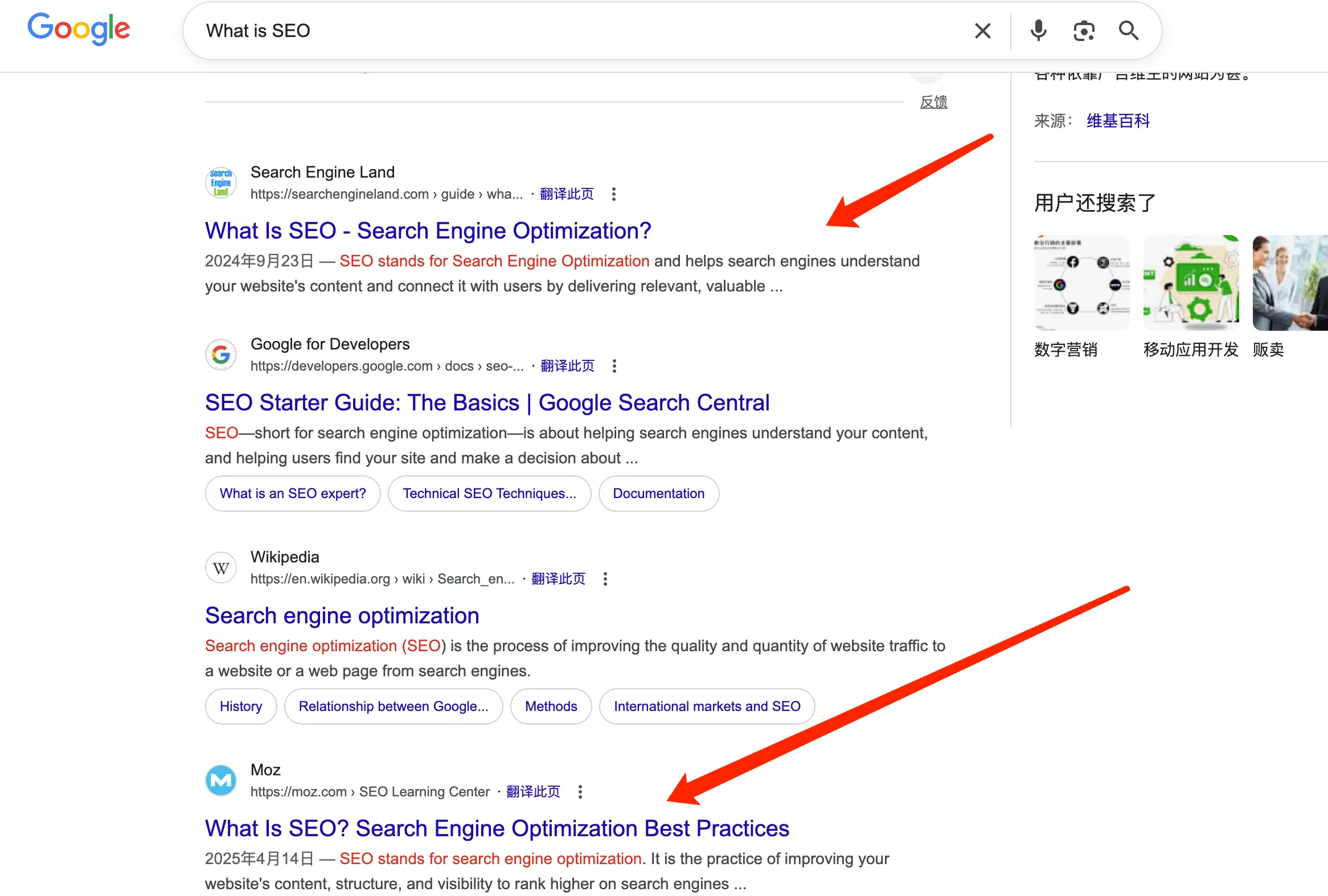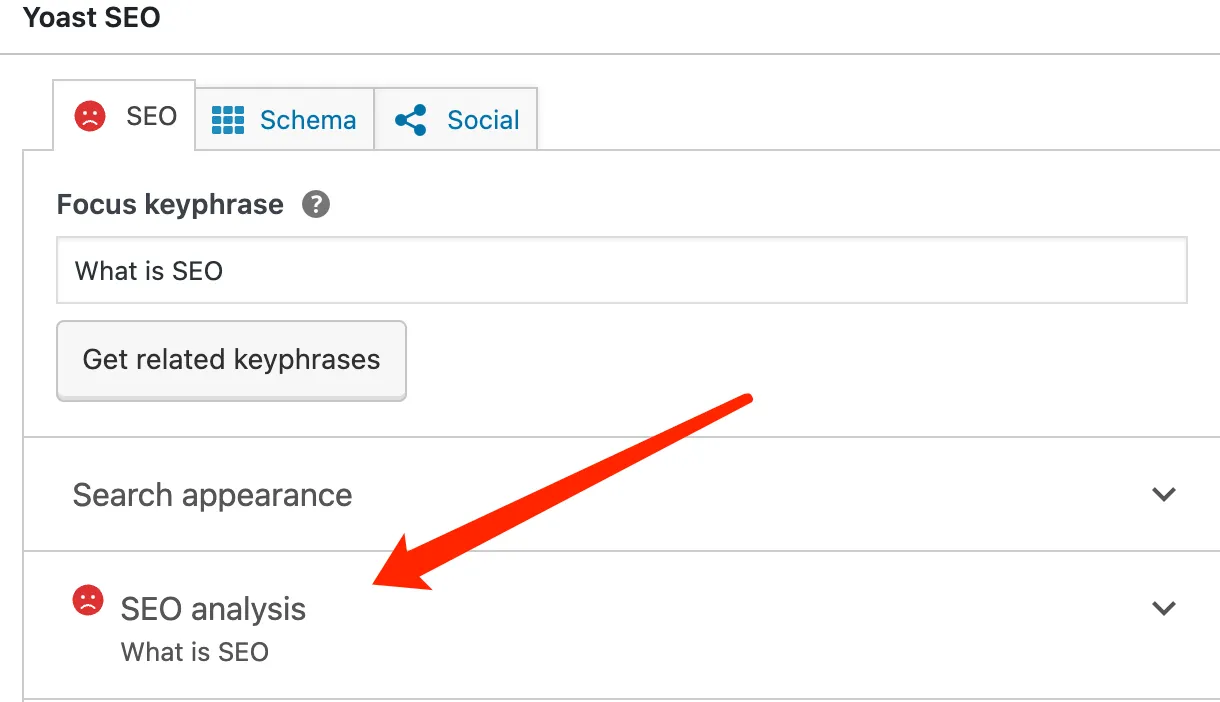Today, a factory owner told ZCSEO: when he used to do SEO for website articles, he would look for keywords, use Yoast to add the keywords to the articles, and Yoast’s indicator light was green when he optimized. After sticking to it for half a year, he couldn’t stick to it anymore. Why? The answer is that the keyword layout is not right, resulting in no effect, can not see hope, so stick to it. In this article, ZCSEO will talk to you about how to reasonably layout the keywords in the article of the B2B website, and how to correctly utilize the indicator light of Yoast SEO.
How to write an SEO-friendly article correctly?
When it comes to SEO, the most important thing is to rely on articles, so the quality of the articles is crucial. However, many factory owners can handle business negotiations without any issues, but when it comes to writing articles, they struggle to come up with even a few, and if they do, they end up repeating the same content for months, which is extremely stressful.
Consistently writing original articles is challenging, but with practice, it becomes easier. In this article, ZCSEO uses real-world examples to demonstrate how to identify keywords and strategically incorporate them into article content for SEO optimization.
Step 1: Identify Keywords
There are numerous third-party tools available for keyword research, but we won’t cover them all here. ZCSEO will use Google’s autocomplete suggestions as an example.

Let’s take SEO optimization as an example. After entering “SEO optimization,” you can see that the drop-down menu contains many search terms recommended by Google. These are all terms with a certain amount of search volume, so we will select one of them.
Introduction to keyword types:
In the image above, the term “SEO optimization” is the main keyword, while the terms that appear in the drop-down menu, such as “SEO optimization cost” and “SEO optimization meaning,” are called derivative keywords, also known as common keywords.
Long-tail keywords do not appear in the search box, but terms like “What is SEO optimization” are considered long-tail keywords (other terms related to SEO-related issues are also long-tail keywords).
Core keywords are scarce and highly competitive; common keywords have moderate volume and difficulty; long-tail keywords are the most abundant, with the lowest optimization difficulty, but also the fewest searchers.
Keyword selection considerations:
1. When writing articles, we typically avoid targeting primary keywords, as they are highly competitive and lack precision, making it difficult to rank for them through content alone.
Generally, when writing articles, we focus on long-tail keywords or keywords with moderate competition.
2. Primary keywords are typically placed on the website’s homepage, but it is crucial to select appropriate primary keywords.
For example, if you are an SEO company, choosing “WordPress SEO” as your website’s primary keyword would be more suitable than simply using “WordPress.” Similarly, “WordPress tutorial” would also be an excellent choice for a primary keyword.
3. Don’t assume that a keyword won’t drive conversions and therefore not include it.
This is a common issue faced by those who have done Google Ads campaigns, as they believe these keywords won’t drive conversions and writing them is a waste of time and effort.
However, this is not the case.
Take the keyword “WordPress login” as an example. While it doesn’t directly drive conversions, it is part of an article about WordPress and a WordPress tutorial. ZCSEO primarily focuses on using WordPress to build websites, so the article is related to WordPress, thereby enhancing your website’s focus on WordPress-related content.
Additionally, this article discusses how to structure keywords when writing website content, which indirectly strengthens the website’s content related to Google SEO. If this article ranks well, it will also enhance the website’s authority (i.e., website weight).
The second step is to research articles related to the selected keywords
What is SEO, the word as an example, the quality of research articles
This research is relatively simple, is to take your word, get Google to search inside, the ranking of the first few articles are looked at.

Analyze and summarize the ranking of these articles in the front:
- Contains what content;
- whether there is outdated information;
- whether there is wrong information;
- do you have more information than them.
Then summarize and write an article on the same topic, but with more content.
Step three, write articles around the keywords
Here ZCSEO will not specifically demonstrate the article, we directly copy the article content of the top ranked article to the wordpress background, let’s see how he did the keyword layout, as well as Yoast SEO indicator is not green.

If you yourself like ZCSEO, went to find an industry a keyword ranked first article to test, then you will certainly find that, whether it is Yoast SEO or Rank Math, their SEO score will not be very high.
What does this mean?
- You have a chance to beat this article. Just write good content and implement these SEO tips from Yoast.
- These SEO plugin tips are for reference only. Don’t follow the test-oriented approach. Everything should be centered around the content and user experience.
Did ZCSEO’s advice suddenly turn off the light in your head?
Don’t panic. ZCSEO explains it bluntly: proper keyword placement is all about how you use keywords when writing.
Article Keyword Optimization Methods
Overall, to layout the keywords correctly and get Google search rankings, you just need to pay attention to these points below.
- Write articles around this keyword that you have researched, and the content of the articles to be more updated, more detailed and more authoritative than other pages that rank ahead;
- Write articles with this keyword and some synonyms and near-synonyms of the keyword in mind, and use them when appropriate;
- Add internal links and external links to the site in the appropriate places;
- Consider this article from the user’s point of view, most of the user’s first concern about the content in the front, the secondary content in the back.
Of course, the basic SEO writing skills, such as the first paragraph of the article content appears keywords, subheadings appear keywords or related words these, you still need to learn a little bit, Yoast and Rank Math these SEO plug-ins will also give you tips.
Finally, if the article helped you open your mind, I hope to encourage ZCSEO in a small way, let me know my article is useful to you.

